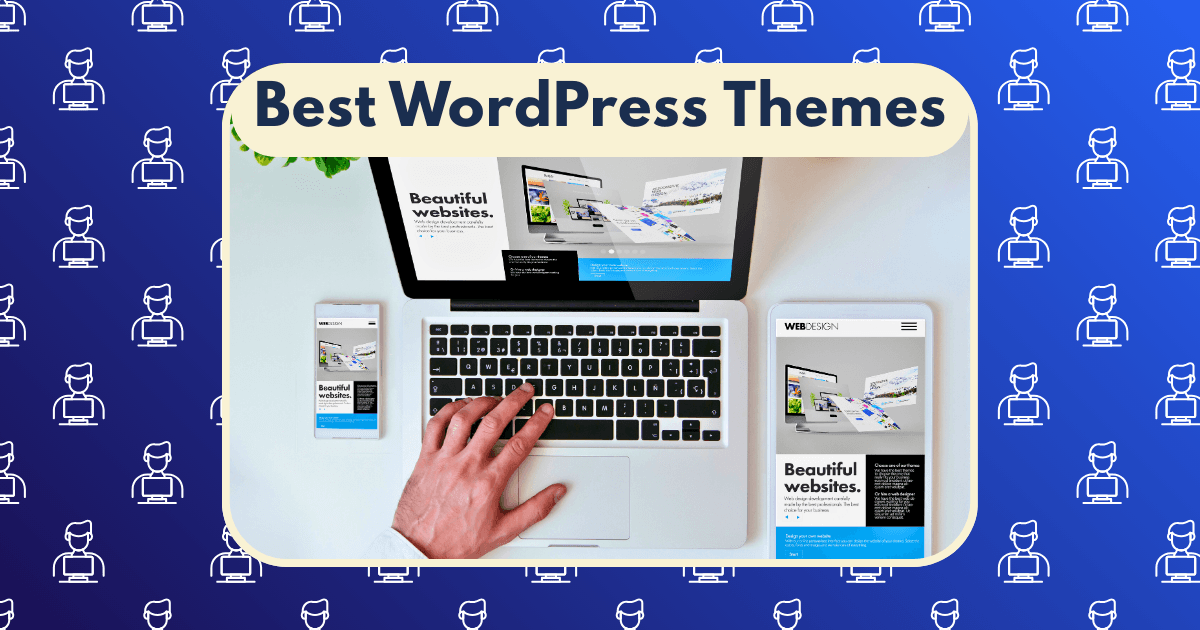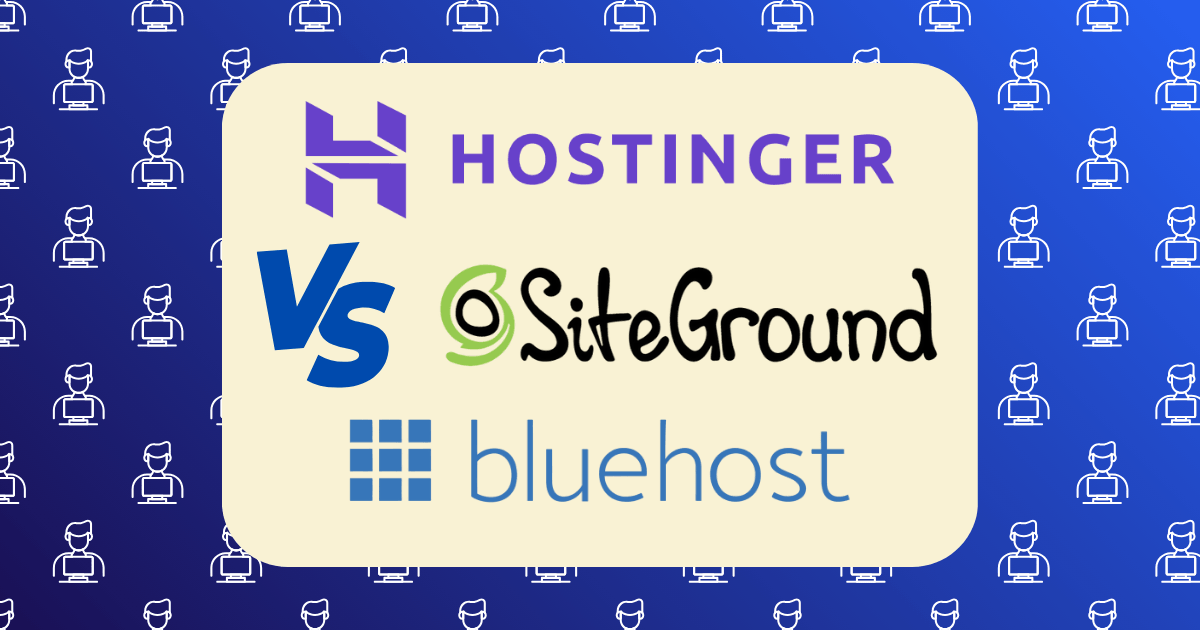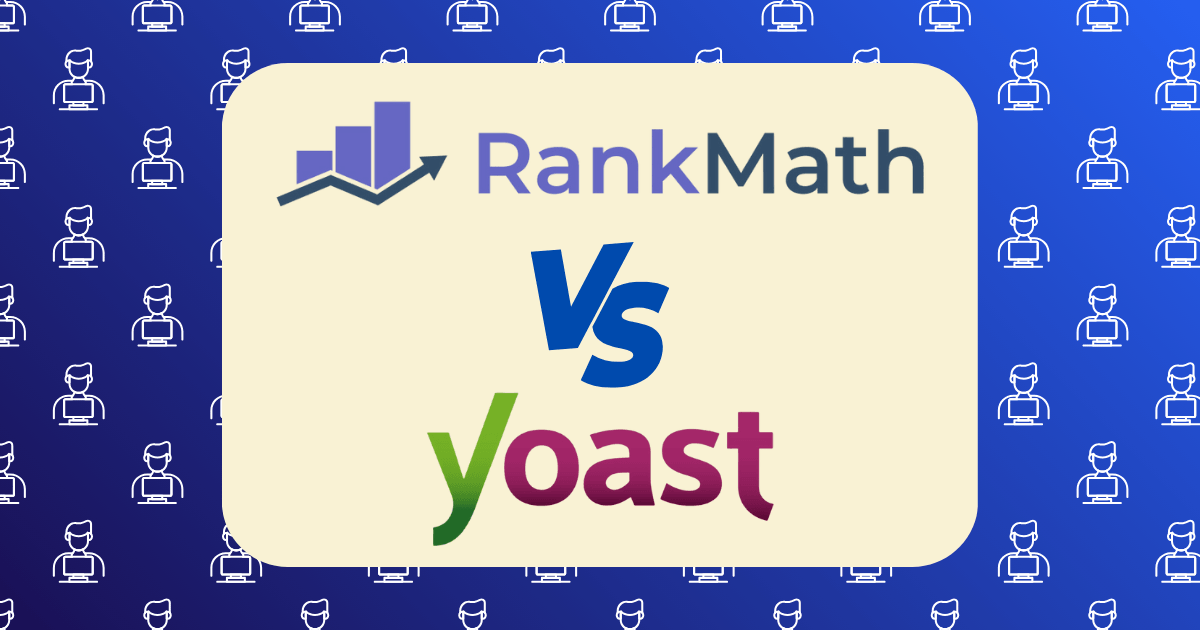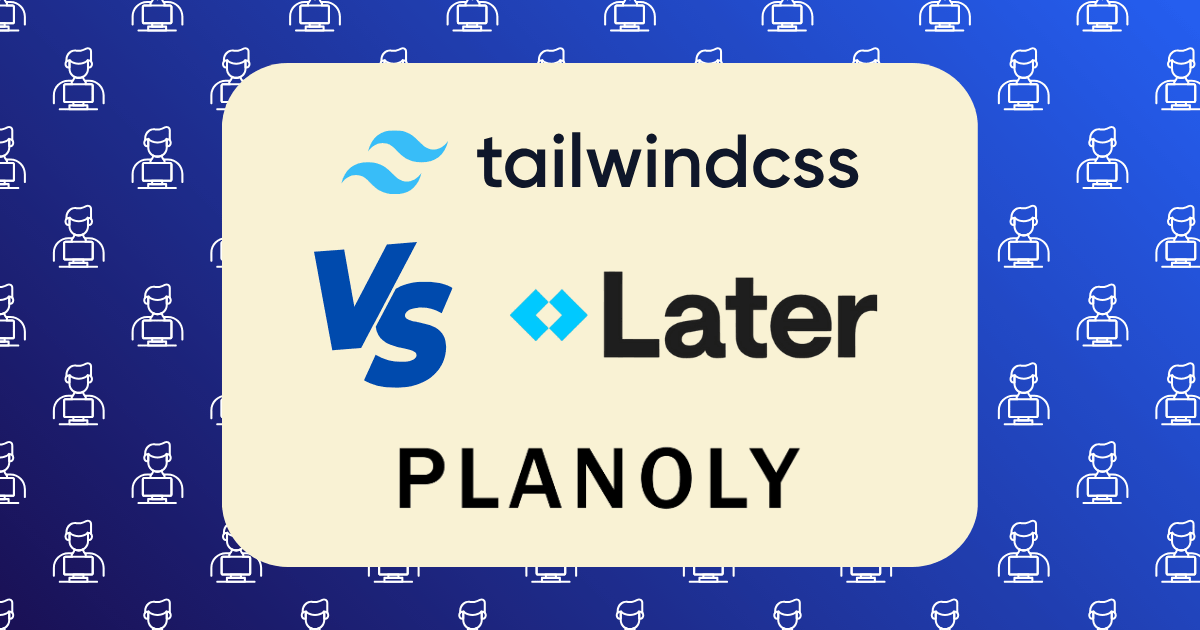SEO for Beginners: How I Got 10,000 Monthly Visitors Without Paying for Traffic

In the landscape of digital entrepreneurship, the ability to generate consistent, targeted traffic represents the fundamental building block of sustainable online income. After spending $12,347 on paid advertising with diminishing returns, I pivoted to a systematic SEO approach that transformed my results: within 9 months, my website reached 10,000+ monthly organic visitors without spending a dollar on traffic acquisition.
This isn’t another theoretical SEO guide. What follows is the exact framework I implemented—a framework grounded in data analysis and psychological principles that influence both search engine algorithms and user behavior. According to research from Ahrefs, 90.63% of pages get zero traffic from Google, placing my results in the top 9.37% of all websites—a significant achievement for a self-taught practitioner with no prior SEO experience.
The Psychology Behind Effective SEO
Before diving into tactical implementation, it’s crucial to understand the psychological principles that drive effective SEO. According to Dr. Robert Cialdini’s research on influence and persuasion, human decision-making—including search behavior—follows predictable patterns that can be ethically leveraged.
The framework I developed integrates three core psychological principles:
- Cognitive Fluency: Users gravitate toward content that reduces mental effort
- Information Gap Theory: Strategic incomplete information drives engagement
- Authority Positioning: Demonstrating expertise increases content consumption and retention
Let’s translate these principles into actionable SEO strategies.
The 4-Phase SEO Framework for Beginners
Phase 1: Strategic Foundation (Weeks 1-2)
1. Niche Selection & Competitor Analysis
The foundation of my success began with selecting a niche where I could realistically compete. Using Semrush, I analyzed competitors with Domain Authority scores between 20-40 (established but not dominant) to identify:
- Content gaps they weren’t addressing
- Keywords they ranked for with suboptimal content
- Topics with high engagement but poor search optimization
Implementation Steps:
- Identify 5-10 competitors in your niche using Google searches
- Analyze their Domain Authority using Moz
- Document their top-performing content using Ahrefs Content Explorer
- Create a spreadsheet tracking:
- Content topics
- Word count
- Keyword focus
- Engagement metrics (comments, shares)
- Backlink profile
2. Keyword Research Methodology
Rather than targeting high-volume, high-competition keywords, I developed a “Keyword Goldilocks Strategy” focusing on terms with:
- Monthly search volume: 100-1,000
- Keyword difficulty: <30 (on Ahrefs scale)
- Clear search intent
- Low SERP feature saturation
Using this approach, I identified 87 primary keywords that collectively represented over 35,000 monthly searches.
Implementation Steps:
- Generate seed keyword ideas using Answer the Public
- Expand your list using Ahrefs Keyword Explorer
- Filter keywords based on the criteria above
- Group keywords into topical clusters
- Prioritize keywords based on:
- Commercial intent (higher priority)
- Content creation difficulty (lower priority)
- Topical authority building potential (higher priority)
Phase 2: Content Architecture (Weeks 3-6)
1. Content Pillar Strategy
Rather than creating isolated blog posts, I developed a systematic content architecture organized around five core pillars, each addressing a distinct user need within my niche. This approach:
- Built topical authority more efficiently
- Created natural internal linking opportunities
- Improved user engagement metrics (time on site, pages per session)
Implementation Steps:
- Identify 4-6 broad topics that encompass your niche
- For each pillar, create:
- One comprehensive cornerstone article (2,000+ words)
- 3-5 supporting articles addressing subtopics
- 2-3 specific question-focused articles
- Develop a content publication calendar prioritizing:
- Cornerstone content first
- Supporting content within 14 days
- Question-focused content within 30 days
2. On-Page Optimization Framework
For each piece of content, I implemented a systematic on-page optimization framework that balanced readability with search engine signals:
Implementation Steps:
- Title Optimization
- Include primary keyword within first 60 characters
- Use power words to increase CTR (proven, ultimate, complete)
- Include numbers when relevant (7 Ways, 5 Steps, 3 Methods)
- Meta Description Engineering
- 140-155 characters with primary keyword included
- Clear value proposition
- Call-to-action that encourages click-through
- Content Structure
- H1: Primary keyword prominently featured
- H2s: Include secondary keywords and questions
- H3s: Support H2 sections with specific subtopics
- Introduction: Primary keyword within first 100 words
- Conclusion: Summarize key points and include call-to-action
- Readability Optimization
- Average paragraph length: 3-4 sentences
- Sentence structure: Mix of simple and compound
- Flesch Reading Ease score: 60-70 (accessible but authoritative)
- Strategic use of bullet points and numbered lists
- Multimedia Integration
- Custom graphics for key concepts
- Properly optimized image alt text
- Embedded videos when relevant (with transcripts)
Phase 3: Authority Building (Months 2-6)
1. Strategic Backlink Acquisition
Rather than pursuing random backlinks, I developed a targeted approach focusing on quality over quantity:
Implementation Steps:
- Resource Page Outreach
- Identified 127 resource pages in my niche using search operators:
- “[niche] + “helpful resources”
- “[niche] + “useful links”
- Personalized outreach emails highlighting specific value
- Conversion rate: 8.7% (11 backlinks from 127 outreach emails)
- Identified 127 resource pages in my niche using search operators:
- Broken Link Building
- Used Ahrefs Broken Link Checker to find broken links on authority sites
- Created superior replacement content
- Notified webmasters with specific page suggestions
- Conversion rate: 12.3% (16 backlinks from 130 outreach emails)
- Strategic Guest Posting
- Targeted sites with Domain Authority 30-60
- Created unique, data-driven content not published elsewhere
- Limited to 1-2 contextual links per article
- Results: 14 guest posts generating 22 quality backlinks
2. E-E-A-T Signal Enhancement
Google’s E-E-A-T (Experience, Expertise, Authoritativeness, Trustworthiness) guidelines became a central focus of my strategy:
Implementation Steps:
- Author Credentials
- Comprehensive author bio with relevant experience
- Links to social profiles and professional memberships
- Consistent author schema implementation
- Content Credibility
- Cited 3-5 authoritative sources per article
- Included primary research when possible
- Updated content quarterly with fresh information
- Added “Last Updated” dates to all content
- Trust Signals
- Comprehensive About page detailing expertise
- Clear privacy policy and terms of service
- Secure website (HTTPS) with optimized loading speed
- Contact information prominently displayed
Phase 4: Technical Optimization (Ongoing)
1. Site Speed Enhancement
Site speed directly impacted both rankings and user engagement metrics:
Implementation Steps:
- Optimized image sizes using TinyPNG
- Implemented lazy loading for below-the-fold content
- Minimized CSS and JavaScript files
- Utilized browser caching
- Upgraded to premium hosting with WP Engine
Results: Improved average page load time from 4.2 seconds to 1.8 seconds
2. Mobile Optimization
With Google’s mobile-first indexing, mobile optimization became critical:
Implementation Steps:
- Implemented responsive design across all pages
- Ensured tap targets were appropriately sized (minimum 48px)
- Eliminated horizontal scrolling issues
- Optimized font sizes for mobile readability
- Simplified navigation for mobile users
Results: Mobile usability issues in Google Search Console reduced from 27 to 0
The Results: Traffic Growth Timeline
The implementation of this framework yielded consistent, predictable growth:
| Month | Monthly Visitors | Indexed Pages | Ranking Keywords |
| 1 | 187 | 12 | 24 |
| 2 | 643 | 18 | 47 |
| 3 | 1,458 | 27 | 86 |
| 4 | 2,791 | 35 | 129 |
| 5 | 4,372 | 42 | 187 |
| 6 | 6,105 | 48 | 246 |
| 7 | 7,823 | 53 | 318 |
| 8 | 9,147 | 57 | 392 |
| 9 | 10,583 | 62 | 437 |
Common Challenges and Solutions
Throughout this journey, I encountered several challenges that required strategic solutions:
1. The Google Update Survival Strategy
During month 5, a core algorithm update temporarily reduced traffic by 18%. Rather than panicking, I:
- Conducted a comprehensive content audit
- Identified thin content and improved depth
- Enhanced E-E-A-T signals across the site
- Doubled down on user experience metrics
Within 3 weeks, traffic recovered and continued its upward trajectory.
2. The Content Plateau Breakthrough
Around month 7, traffic growth began to plateau. The solution:
- Analyzed top-performing content for patterns
- Identified content gaps using Clearscope
- Updated older content with fresh information and enhanced depth
- Implemented schema markup for featured snippet optimization
This approach reignited growth and helped secure several featured snippets.
3. The Competitor Response Strategy
As my site gained visibility, competitors began targeting the same keywords. My response:
- Increased content publishing frequency for key topics
- Enhanced user engagement metrics through interactive elements
- Developed unique data points through original research
- Created downloadable resources to increase time on site
The Psychological Edge: Why This Framework Works
The success of this framework stems from its alignment with both search engine algorithms and human psychology:
- Cognitive Bias Leverage: The content structure exploits the serial position effect (primacy and recency bias) by placing critical information at the beginning and end of content
- Expertise Signaling: Consistent demonstration of subject matter expertise builds algorithmic and user trust
- Behavioral Consistency: Regular content updates train both search engines and users to expect consistent value
Implementation Timeline and Resource Requirements
For those looking to implement this framework, here’s a realistic assessment of the resources required:
Time Investment:
- Research Phase: 15-20 hours
- Content Creation: 5-8 hours per article (62 articles total)
- Outreach and Link Building: 10-15 hours monthly
- Technical Optimization: 20-30 hours (initial), 5-10 hours monthly (ongoing)
Tool Investment:
- Keyword Research: Ahrefs ($99/month) or SEMrush ($119/month)
- Content Optimization: Clearscope ($170/month) or Surfer SEO ($59/month)
- Technical SEO: Screaming Frog ($149/year)
- Analytics: Google Analytics and Search Console (Free)
Skill Requirements:
- Content Writing: Intermediate
- Basic HTML: Beginner
- Outreach Communication: Intermediate
- Data Analysis: Beginner to Intermediate
Conclusion: From Theory to Implementation
The journey to 10,000 monthly visitors without paid traffic wasn’t achieved through shortcuts or manipulation. It resulted from the systematic application of proven principles, consistent execution, and continuous optimization.
What separates successful SEO practitioners from the 90.63% who generate zero search traffic isn’t access to secret tactics or unlimited resources. It’s the disciplined implementation of a coherent strategy aligned with both search engine algorithms and user psychology.
The framework I’ve outlined provides a replicable system that any beginner can implement with consistent effort. The question isn’t whether SEO works—it’s whether you’re willing to commit to the process required to make it work for you.
What SEO challenges are you currently facing in your business? Share your experiences in the comments below.
Recommended Resources:
- Ahrefs Blog – Data-driven SEO insights
- Search Engine Journal – Industry news and updates
- Backlinko – Actionable SEO strategies
- Google Search Central – Official Google documentation
- Whiteboard Friday by Moz – Visual SEO tutorials







